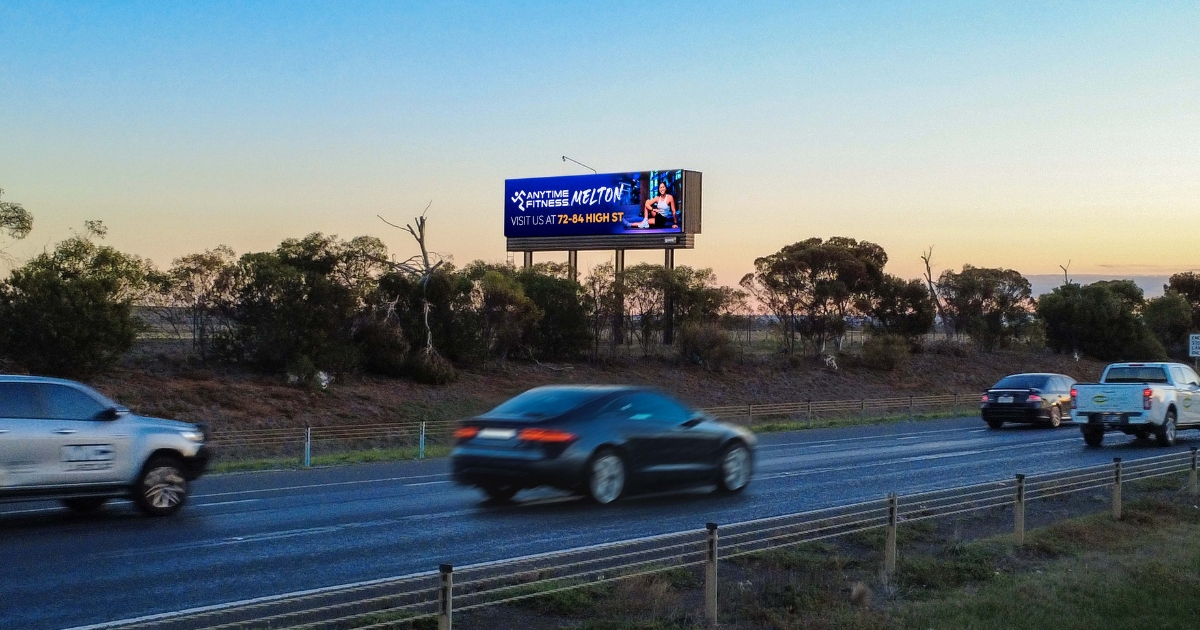Strategy to deliver regions’ potential

Geelong's growth as a region might rise further due to the nationwide strategy. Photo: FACEBOOK/CITY OF GREATER GEELONG
GEELONG’S growth as a region and a place to live instead of Melbourne could be even better through a nationwide strategy backed by the Regional Australia Institute (RAI).
The “Regionalisation Ambition 2032 – a Framework to Rebalance the Nation” report contains 20 targets to strengthen the regions and close the divide between life in the city and the country.
One of these targets is for more than 11 million Australians to be living prosperously in the regions by 2032; 500,000 more than the previous 10-year estimate.
RAI has previously been promoting the virtues of living in the Geelong region though its Move to More initiative, with its website showcasing towns such as Little River, Moriac, Lethbridge, Batesford, Bannockburn, and several others.
Economic modelling commissioned by the RAI found that when regional Australia reached 11 million people, national output would reach $2.3 trillion by 2032.
“This is $13.8 billion more than under a ‘business as usual’ scenario,” RAI chief executive officer Liz Ritchie said.
“People are voting with their feet and looking for a different life beyond our capitals. Move to More is now more apparent than ever before. But we can’t shift the population dial further if the critical issues facing regions aren’t addressed.”
Other targets in Regionalisation Ambition 2032, launched earlier this month, focus on regional housing, education, health, jobs and skills, digital inclusion, transport, childcare and community participation.
Ms Ritchie said regionalisation was about delivering on the potential of regional Australia and “rebalancing our nation”.
“We’ve seen more than a 100 per cent jump in job vacancies in the past two-and-a-half years. More than 3.7 million regional Australians live in a ‘childcare desert’. Regional home building approvals have declined in five out of the past 10 years. Remote students do half as well as their metropolitan counterparts in NAPLAN.
“These issues are all interlinked, complex and equally as important, so the development of a holistic and integrated framework is a momentous step forward to achieving better outcomes for all,” Ms Ritchie said.
“We know that you can’t solve the jobs crisis without addressing housing. We know you can’t solve the skills deficit, without improving education standards. Healthcare can’t be improved without focussing on digital connectivity.
“But achieving the targets we have set for 2032 is a challenge not just for the RAI, or even government. For regionalisation to be truly realised, it needs to be a collective effort, a national effort to rebalance the nation – and all Australians have a part to play.”
According to the City of Greater Geelong’s Community Profile, which uses data from the 2021 Census, the municipality had an estimated resident population of 270,776 last year.
The Committee for Geelong has been considering the implications of continuing growth and much higher total populations since at least 2019.
The organisation estimated Geelong’s population would nearly double to 500,000 in 2047 and reach 1 million in 2075 using the “aspirational” growth rate of 2.5 per cent in the city’s Settlement Strategy; hit 500,000 in 2047 and 1 million in 2056 at 3 per cent; and pass 1.1 million in 2056 under the RAI’s scenario that Geelong takes a larger percentage of Melbourne’s projected population.

















